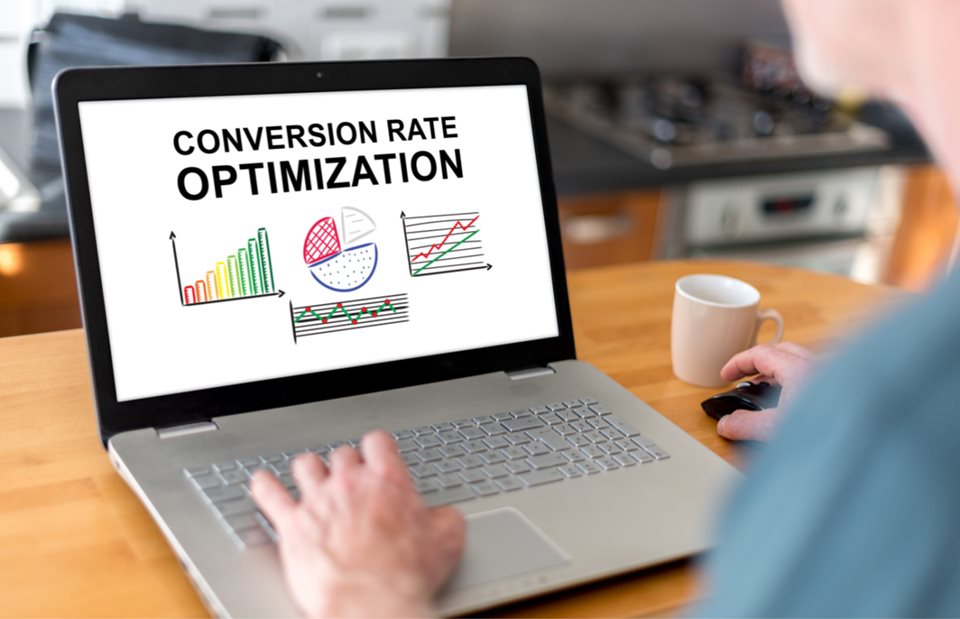How to Track Your Law Firm’s Success on Social Media

Over the years, social media marketing has become an increasingly important tool for law firms. It isn’t enough to just set it and forget it, though. To get the most out of your social media strategy, you have to continuously optimize your approach.
That’s where KPIs come in. KPIs are “Key Performance Indicators.” They’re metrics you can use to track how well you’re performing in an area of business—in this case, social media marketing.
Once you know what’s working and what isn’t, you can use that data to hone your strategy and increase your return-on-investment.
Here are seven KPIs you should be tracking to gauge your law firm’s social media success.
1. Impressions
.jpg)
On social media, impressions refer to the number of times your posts have been viewed. For example, if you posted an infographic from your law firm’s Twitter account, you could check the impressions and see that it was seen 137 times. Or you could check that blog link you posted on your Facebook page and see that it was viewed 396 times.
By keeping track of the impressions on a variety of posts, you can calculate to generalize how much attention your content is attracting.
2. Post Reach
Reach is similar to impressions, but with a key distinction. While impressions will tell you how many times a post has been viewed, reach will tell you how many unique accounts viewed it.
For example, if one person saw a single post five times and another saw it four times, that post would have nine impressions, but a reach of only two.
Naturally, you want to spread your content to as wide an audience as you can. But if your posts are earning lots of impressions, you might mistakenly believe you have a larger audience than you actually do. With reach, you’ll have a better idea of how many people your content is exposed to.
3. Engagement

Engagement tells you how much other users are interacting with your posts. That interaction will be different from platform to platform, but usually deals with things like:
- Likes
- Comments
- Replies
- Shares
- Clicks
- Mentions
You can use this information to learn which forms of content attract the most engagement—as well as which social media platforms you’re most popular on.
4. Profile Visits
With the above metrics, you already know how many people are viewing and engaging with your posts. But how many are interested enough to visit your profile? Often, this is a big step toward prospects contacting you through the platform or clicking through to your website.
The profile visits metric will usually tell you how many people have looked at your profile within certain timeframes, such as the past week, month, or year.
5. Followers

Different profiles have different names for your audience:
- Followers
- Friends
- Connections
- Subscribers
Regardless, it’s worth keeping track of how much of a virtual crowd your law firm’s files are drawing.
It isn’t just a numbers game, though. You should also keep an eye on demographics. Having lots of followers won’t earn you a very useful return-on-investment if they don’t represent your target audience.
If it turns out your profiles have too few followers—or too many that aren’t likely to need your firm’s services—you’ll know it’s time to adjust your strategy.
6. Website Traffic

One of the primary goals of social media marketing is often to guide traffic to your law firm’s website. You can use Google Analytics to find out how much traffic you are getting—and which platforms it’s coming from. This will go a long way to helping you amplify what’s working and fix what isn’t.
Bounce rate is important, too. Bounce rate refers to how quickly your website’s visitors click out again. A high bounce rate means that most users who show up don’t stick around very long, indicating that you’re not reaching the right people.
7. Lead Conversion Rate

Of course, the ultimate purpose of social media marketing is to find more leads. This may happen by engaging with prospects directly or by connecting with referral sources. These conversions don’t have to be new clients, either. Conversions can also include prospects signing up for email newsletters, downloading materials, or signing up for a webinar.
But no matter the details, Google Analytics offers methods for tracking your lead conversion rates. It can be tricky at first, but it’s well worth the effort.
Take Control of Your Law Firm’s Social Media Presence
By monitoring the KPIs of your law firm’s social media profiles, you can spot red flags and consistently strengthen your online presence. This will help you save time and money, all while getting more bang for your buck.
Of course, running an effective social media campaign still takes a lot of work. And without plenty of experience, it’s easy to make mistakes.
If you’d rather let someone else take on the hassles, we’d be happy to help.
At Let America Know, we give lawyers across the nation the expert support they need to take their social media campaigns to the next level. Just reach out to us, and we’ll help you:
- Expand your professional network
- Increase brand visibility
- Connect with your target audience
- Grow your law firm to new heights
Click here to learn more about our done-for-you social media program customized for trial attorneys.
